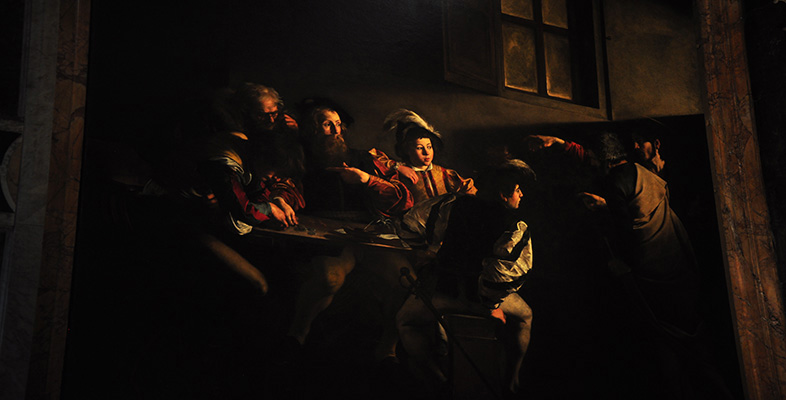2 Artists and their art
2.1 Understanding an artist's art
Bernard Berenson wrote his book about Caravaggio (1953) because,
Until a few decades ago his artistic personality was as nebulous as Leonardo's or Giorgione's before Giovanni Morelli. Almost any canvas was attributed to him that was startlingly lit, that represented figures with plumed hats, vulgar obese giants blasphemously posing as Christ and His disciples, dice-throwing or card-sharping undermen, jumbles of over-jolly, swilling, embracing males and females, or more decorous musical parties. It is different now. He has ceased to be a class of kind and has become as much of an artistic personality as Leonardo, or Giorgione at least.
(Berenson, 1953, p. ii)
For Berenson, making Caravaggio ‘as much of an artistic personality as Leonardo, or Giorgione’ allowed him to be incorporated into the art historical canon or mainstream. The canon itself consists of mostly male, white, western artists (Perry, 1999).
Despite significant challenges in recent years to the paradigm of the monograph, books about single artists – with their characteristic glossy illustrations and occasional catalogues – are still among the most common and popular forms of art history writing. Undoubtedly nineteenth- and twentieth-century values, which promoted the idea of ‘the artist as romantic genius’, still hold sway, particularly in more popular histories. Behind the persistence of the monograph lies the assumption that remains dominant in contemporary thought – that to understand an artwork one must also understand its creator.
When I talked with her in 2002, Helen Langdon explained why she had adopted the method she had for writing about Caravaggio.
Caravaggio had a powerful personality which one senses in his art; it is surely not fanciful to see his self portraits as having autobiographical meaning. But in a sense he is so utterly silent that a psychoanalytical approach offers very little; I tried to demythologize and contextualize his violence and his sexuality, and to say nothing where there is no evidence. I think that a study of the times, of its intellectual, religious and political pressures, of its violence and codes of honour, do tell us much about Caravaggio's art, and are more revealing than subjective meditations on his inner thoughts and feelings.
(Helen Langdon interview, February 2002)
Langdon clearly finds Caravaggio's personality in his art but she resists ‘subjective meditations on his inner thoughts and feelings’. While she suggests that ‘a psychoanalytical approach offers very little’ to an understanding of Caravaggio and his art, she nevertheless tries to ‘contextualise his violence and his sexuality’, admitting them as factors in attempting to understand his art.
